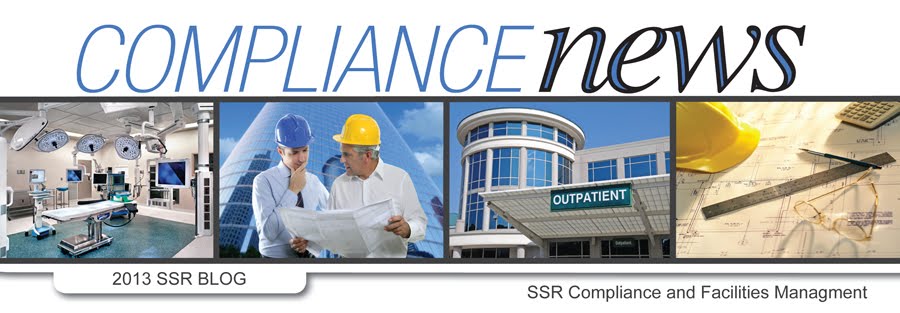By David L. Stymiest, P.E., CHFM, FASHE (in Business Briefing: Hospital Engineering & Facilities Management 2004 for the International Federation of Hospital Engineering (IFHE), London UK)
A hospital can have a simple or complex emergency power supply system (EPSS) but ensuring that the system continues contributing to safe and effective patient care with today’s challenges is rarely simple. Complexity is introduced because the EPSS powers other hospital systems such as the clinical, mechanical, vertical transportation and fire management systems. The hospital engineer must also respond to new requirements that affect the EPSS, including requirements for utility management, emergency management, patient safety, continuous quality improvement and staff education. All of these interrelationships cause complexity.
An EPSS includes generator sets, generator set auxiliary systems such as cooling, combustion air, fuel oil and starting systems, paralleling switchgear, automatic transfer switches, distribution panels, lighting and power panel boards, feeders and branch circuits. Some facilities that do not have EPSSs may have a stored-energy EPSS (SEPSS). Facilities can also have an uninterruptible power supply (UPS).
When the normal power fails, all normal loads are dead. All emergency loads experience a short loss of power unless they are backed up by an SEPSS or UPS. The hospital’s clinical staff must know how to deal with this condition. The monthly load testing simulates this experience as illustrated in Figure 1, although the length of time without voltage during a test is likely to be less than it would be during an actual outage. A proactive EPSS management programme will use the lessons learned from the monthly load testing, along with regular normal power shutdowns, to train the clinical staff to expect and then manage this critical element of the environment of care.
 Smoke detectors are an integral component of a fire alarm and detection system. Placement of detectors and other devices are essential to proper operation of the system. Smoke detectors installed too close to HVAC diffusers may cause nuisance alarms, and more importantly fail to function or cause a delay in alarm transmission and occupant notification. Most people believe detectors are required to be installed at least 3 ft from an HVAC diffuser. Smoke detectors are to be installed out of the air stream. To correct the deficiency detectors can be relocated or the diffuser can be changed to distribute a different air stream.
Smoke detectors are an integral component of a fire alarm and detection system. Placement of detectors and other devices are essential to proper operation of the system. Smoke detectors installed too close to HVAC diffusers may cause nuisance alarms, and more importantly fail to function or cause a delay in alarm transmission and occupant notification. Most people believe detectors are required to be installed at least 3 ft from an HVAC diffuser. Smoke detectors are to be installed out of the air stream. To correct the deficiency detectors can be relocated or the diffuser can be changed to distribute a different air stream.




